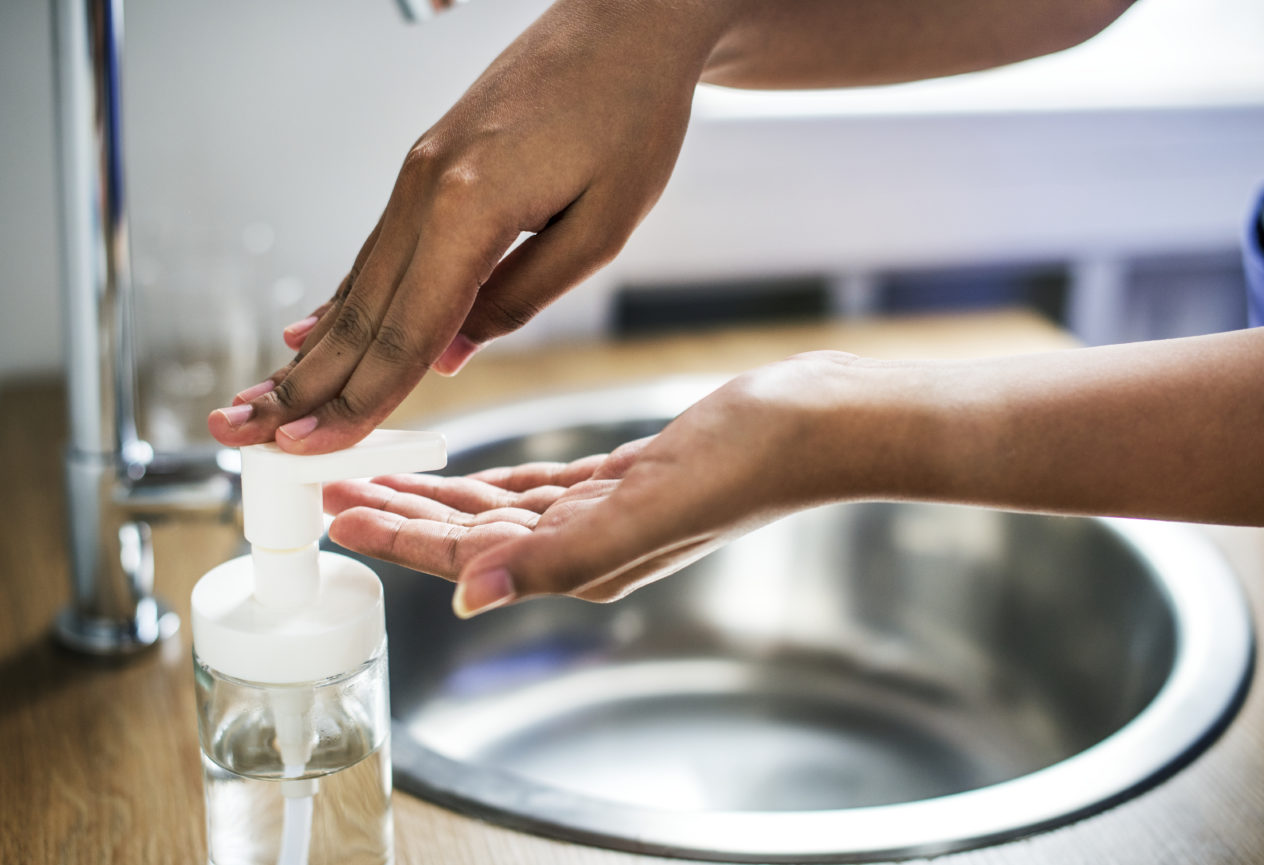Reducing healthcare-associated infections (HAIs) is critical to patient safety, yet many healthcare settings struggle with basic preventative measures like handwashing. In these situations, a hand hygiene audit can be used to assess and improve compliance for a safer, more sanitary environment.
In the past, many healthcare settings have relied on manual hand hygiene audits, but these processes can be time-consuming and more prone to human error. Advancements in hand hygiene audit technology has made it easier and more cost-efficient for healthcare providers to collect data on compliance, implement change, and reduce HAIs.
What is a hand hygiene audit?
A hand hygiene audit is the process of reviewing the rate of hand hygiene compliance. An audit will help track compliance history and provide actionable insights about your hospital’s compliance and clinical workflows.
Hand hygiene checklist
You can use the World Health Organization’s (WHO) “5 Moments for Hand Hygiene” when evaluating hand hygiene protocols.The five moments for hand hygiene are:
- Before touching a patient,
- Before clean/aseptic procedures,
- After body fluid exposure/risk,
- After touching a patient, and
- After touching patient surroundings.
Historically, hand hygiene audits with the 5 WHO Moments were done through direct observation; however, it is now recognized that limitations on data collection and the Hawthorne effect makes this method less reliable. (source)
Why is it important to do a hand hygiene audit?
Following best practices for hand hygiene can help reduce staff absenteeism and healthcare associated infections. According to the Canadian Patient Safety Institute, “Auditing hand hygiene compliance by healthcare providers provides a benchmark for improvement. The results of observation audits will help identify the most appropriate interventions for hand hygiene education, training and promotion. Results should be shared with front-line healthcare providers, management and hospital boards.”
With a clear understanding of a staff’s current compliance rates, infection preventionists and chief nurse officers can explore opportunities for improvement that are tailored to the obstacles of those particular staff members. For example, San Gorgonio Memorial Hospital was able to increase hand hygiene compliance from 65% to 92% using a hand hygiene audit tool; after six months they saw a 55% reduction in reported C. diff cases.
Hand hygiene audits are also useful tools for hospitals that take the Leapfrog Hospital Survey; hand washing is listed under “Preventing and Responding to Patient Harm” since it is the cornerstone of infection prevention and patient safety. Conducting the required observations and making improvements to the rate of hand hygiene compliance can result in a higher Leapfrog Hospital Safety Grade and help the hospital attract new patients.
Using audits to increase hand hygiene compliance
There are many barriers to hand hygiene compliance, including forgetfulness, limited time/resources, or even a lack of knowledge around hand hygiene best practices. With a hand hygiene audit, healthcare leaders can uncover useful insights and make more informed decisions on which efforts — such as training, education, or updated policies — would be most effective in improving hand hygiene compliance.Hospitals can also use these audits to track hand hygiene compliance over time and drive more meaningful results.
For hospitals struggling to improve hand hygiene compliance, a hand hygiene compliance system can be beneficial. These electronic systems prompt caregivers with a reminder to follow hand hygiene best practices, leading to better hand hygiene and a subsequent decrease in HAIs. A study published in the American Journal of Infection Control found “a reduction of almost 55% in the relative risk of CLABSIs during the HHCS intervention.”
These improvements can result in significant cost-savings for healthcare settings. The same article noted that “In US hospitals, attributable costs for CAUTIs and CLABSIs have been estimated at $896 and $45,814 per case, respectively,” meaning hospitals could potentially save thousands of dollars by using a hand hygiene audit solution.
With that in mind, not all hand hygiene audits are created equal. There are a number of potential core system functions and other considerations to take into account when selecting an electronic hand hygiene audit solution. To learn how to choose a hand hygiene system, read our whitepaper.

